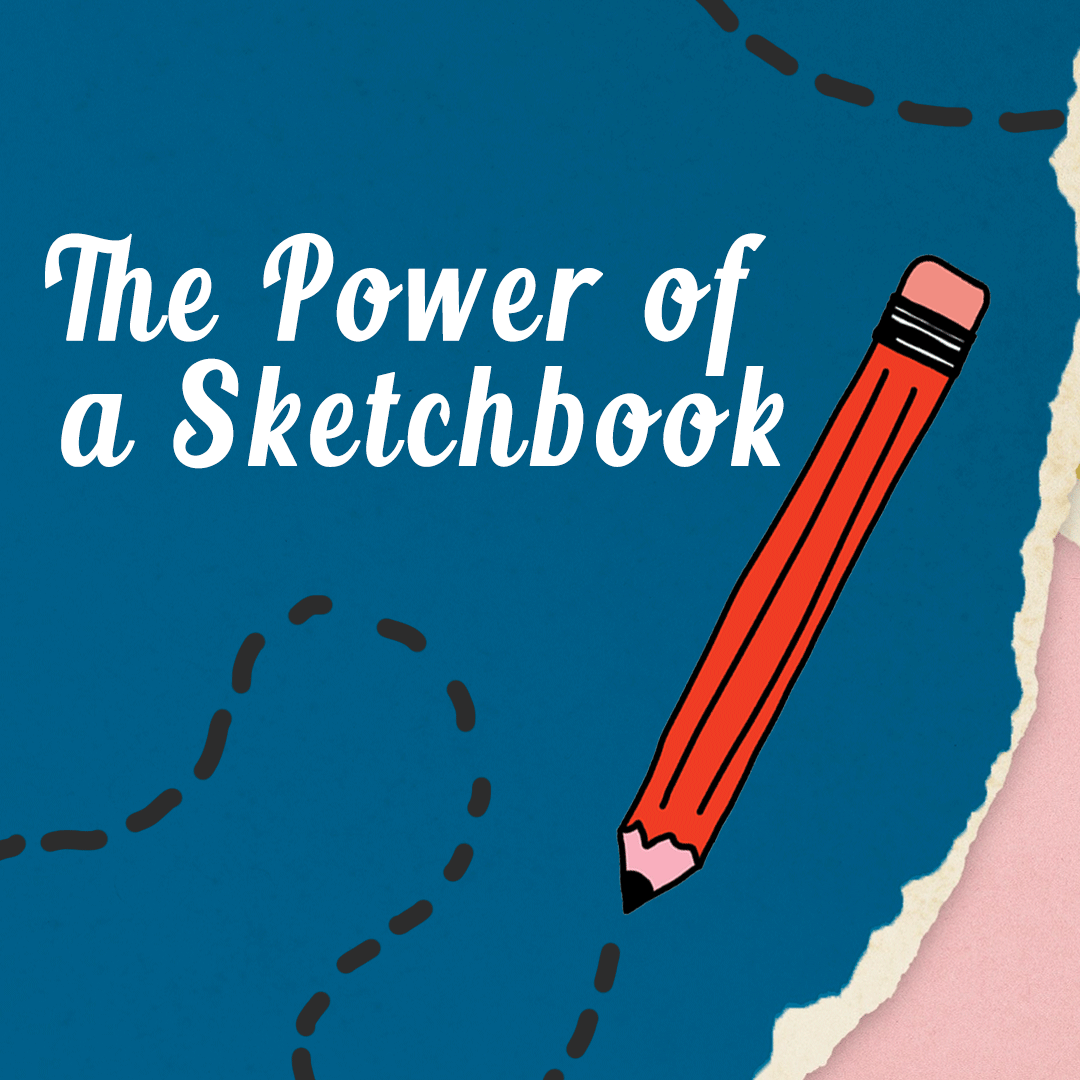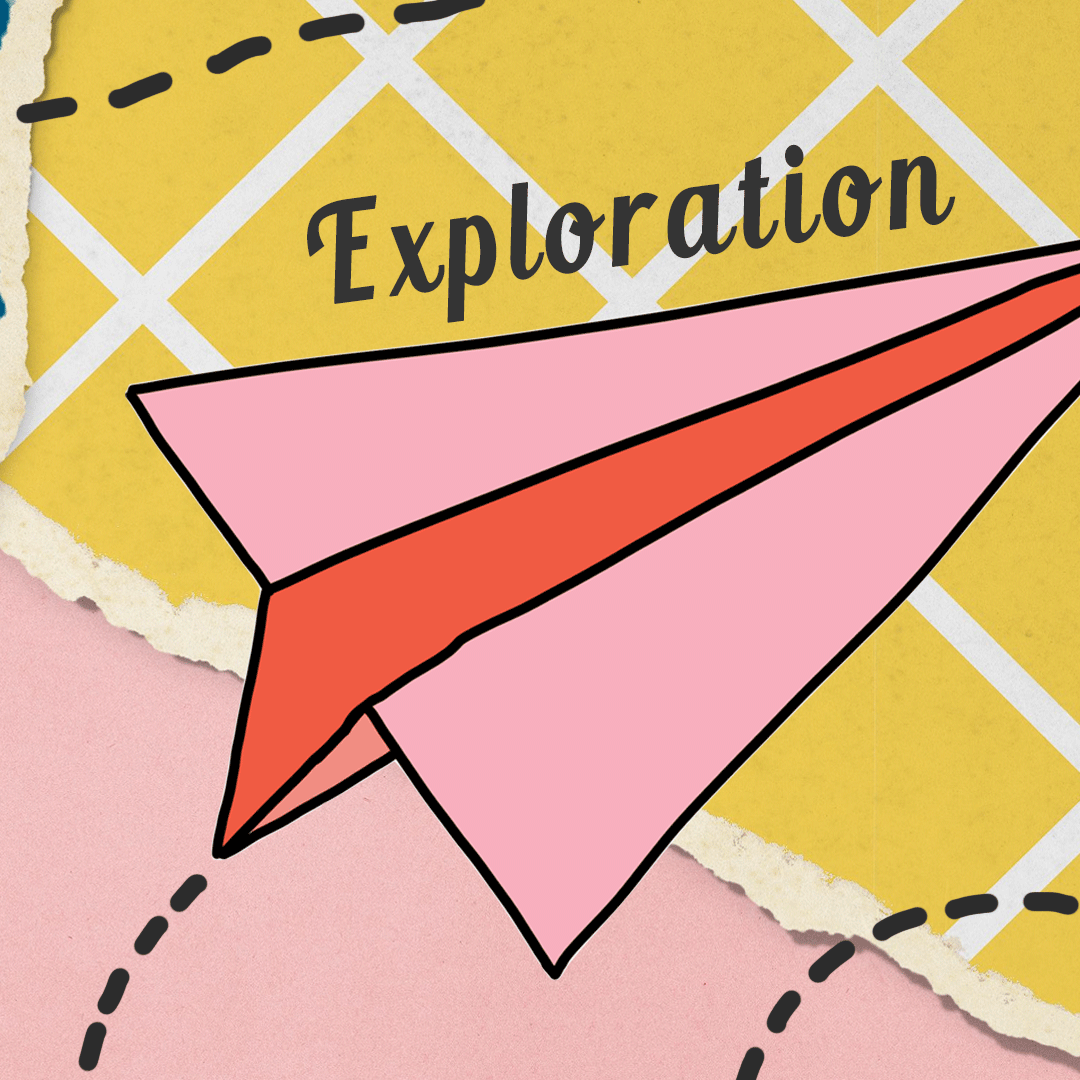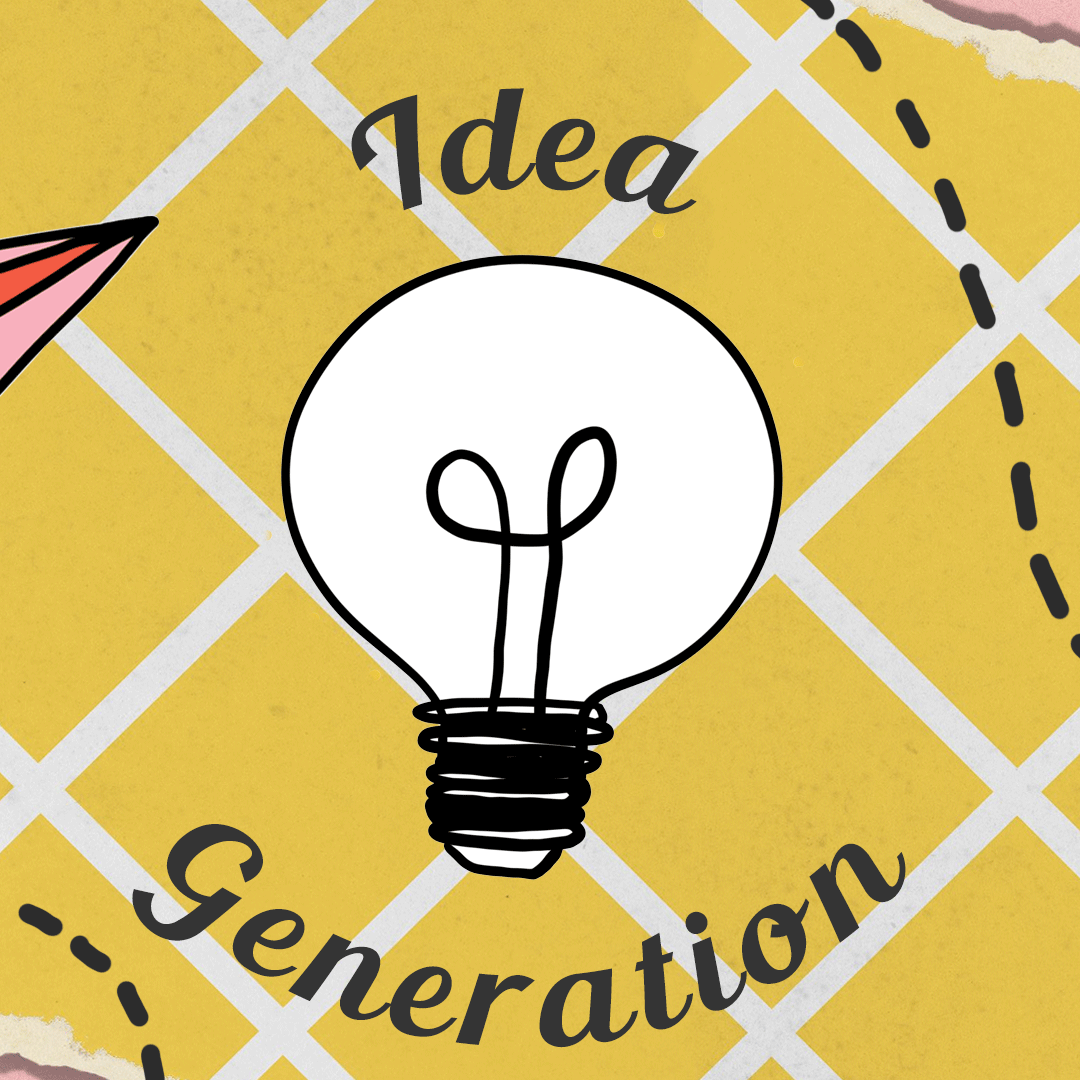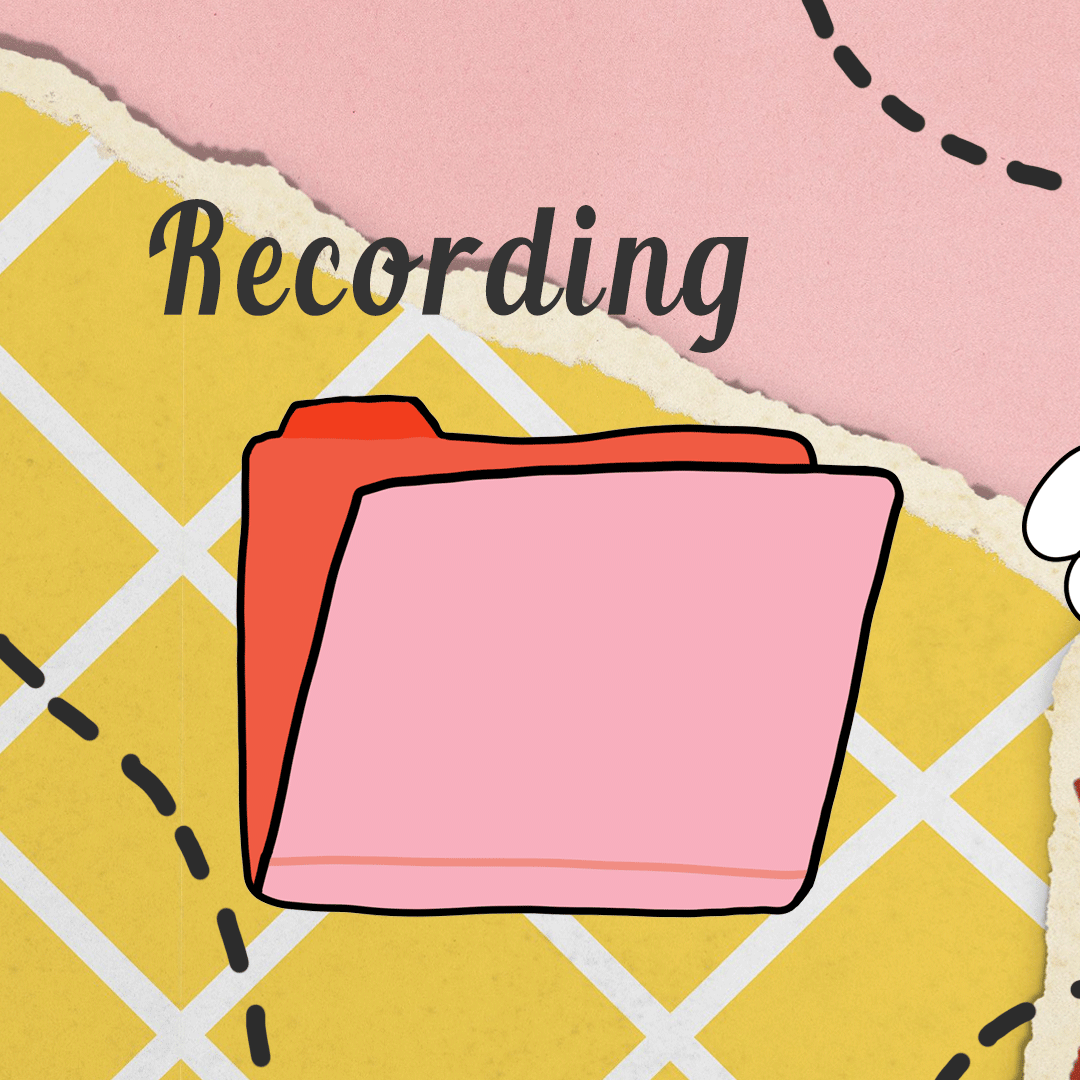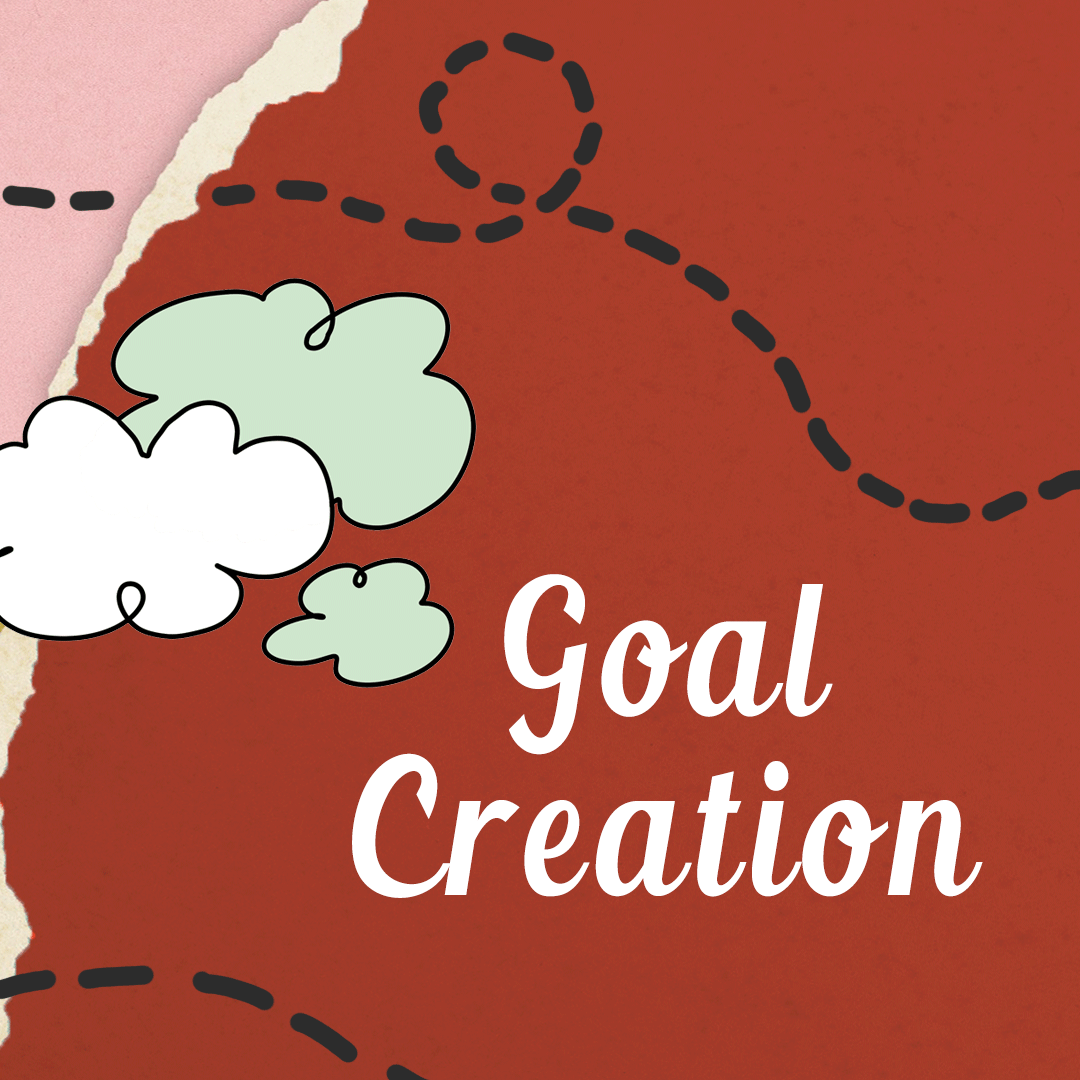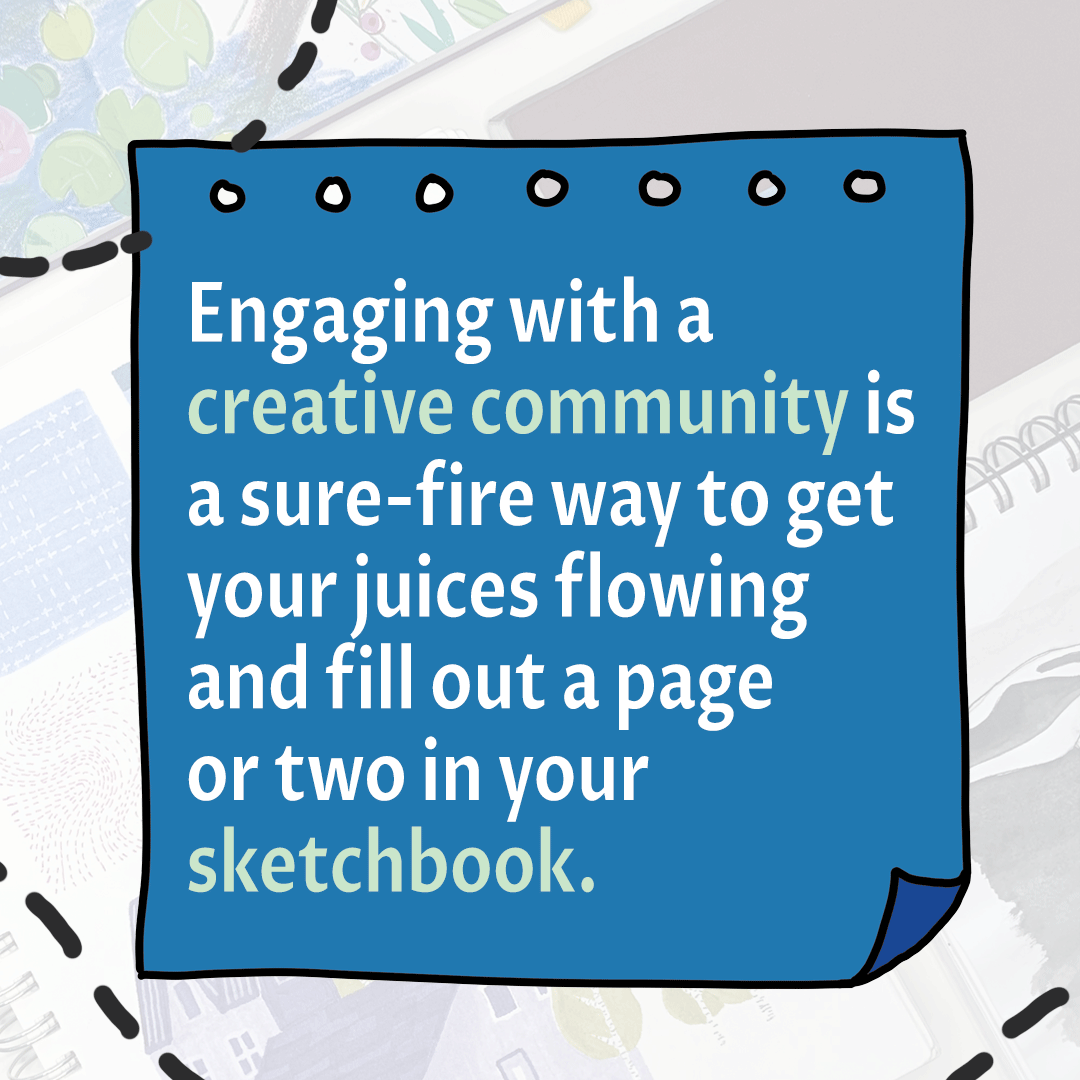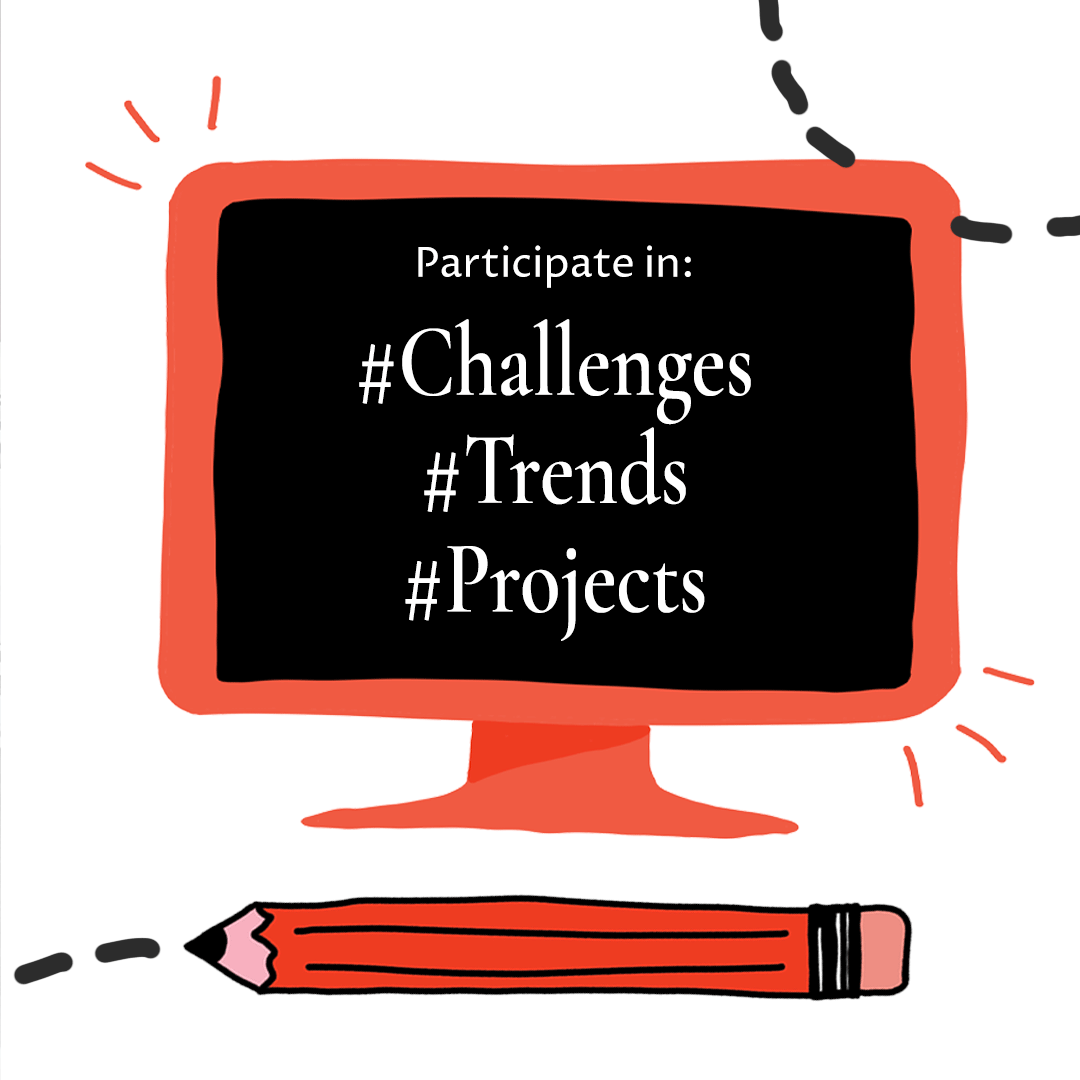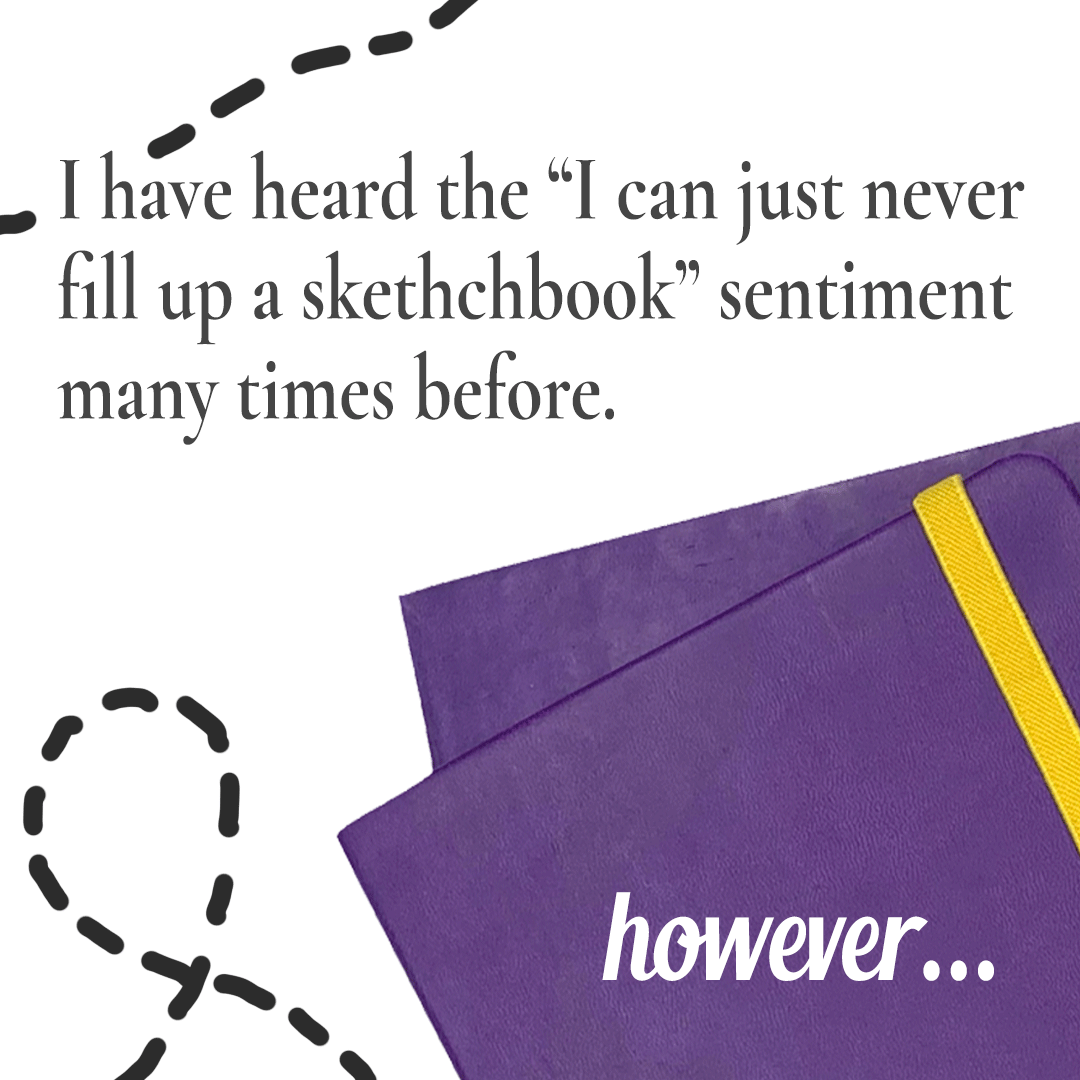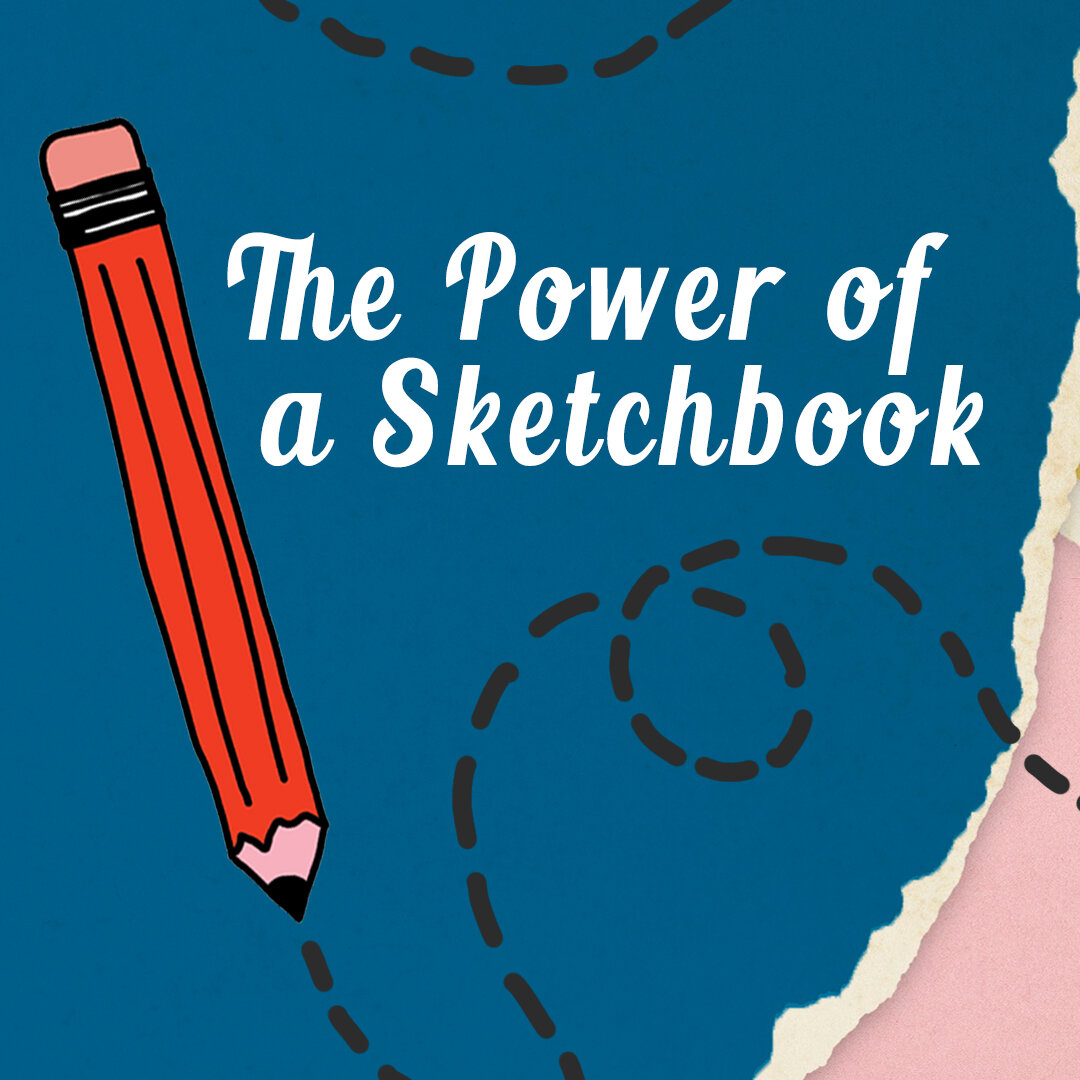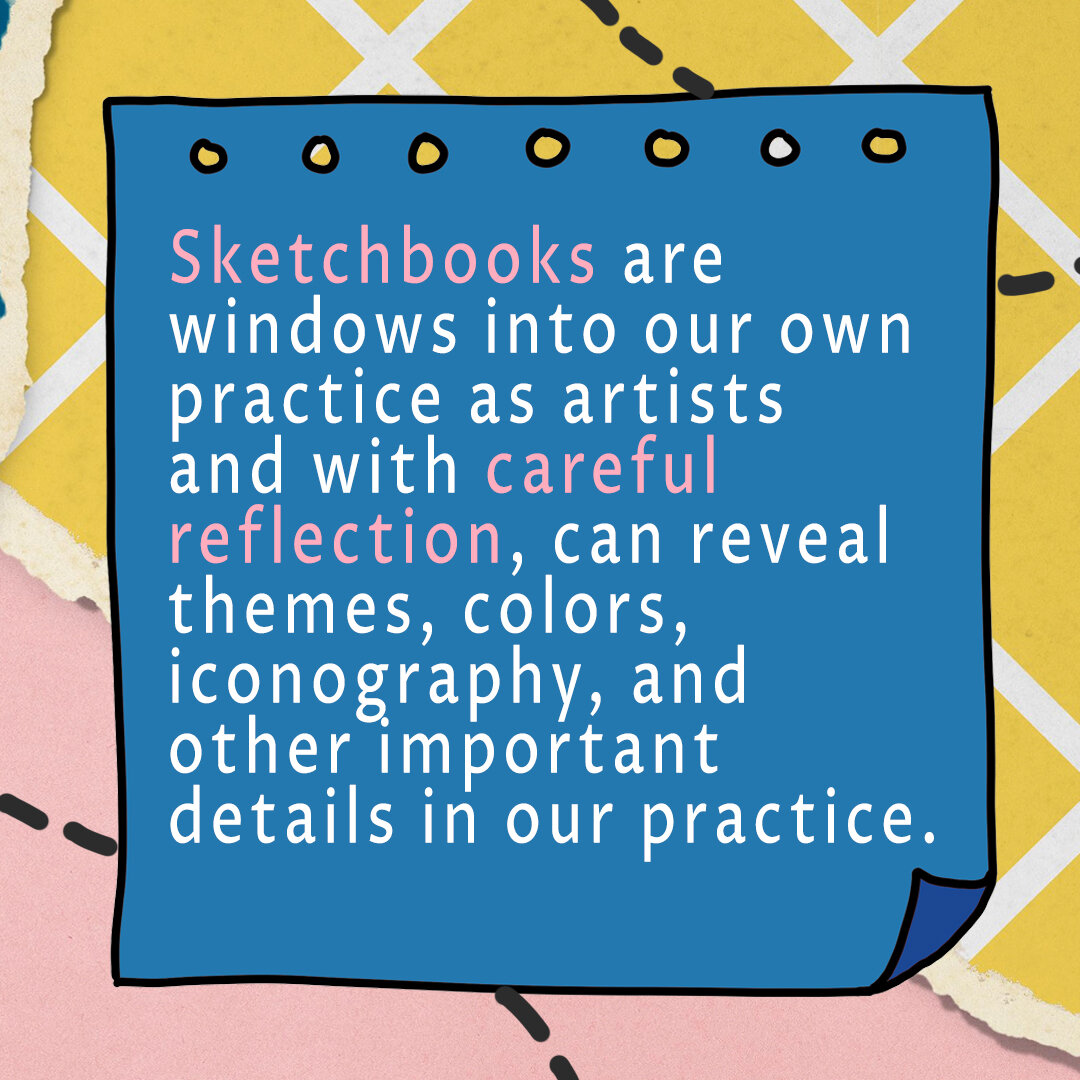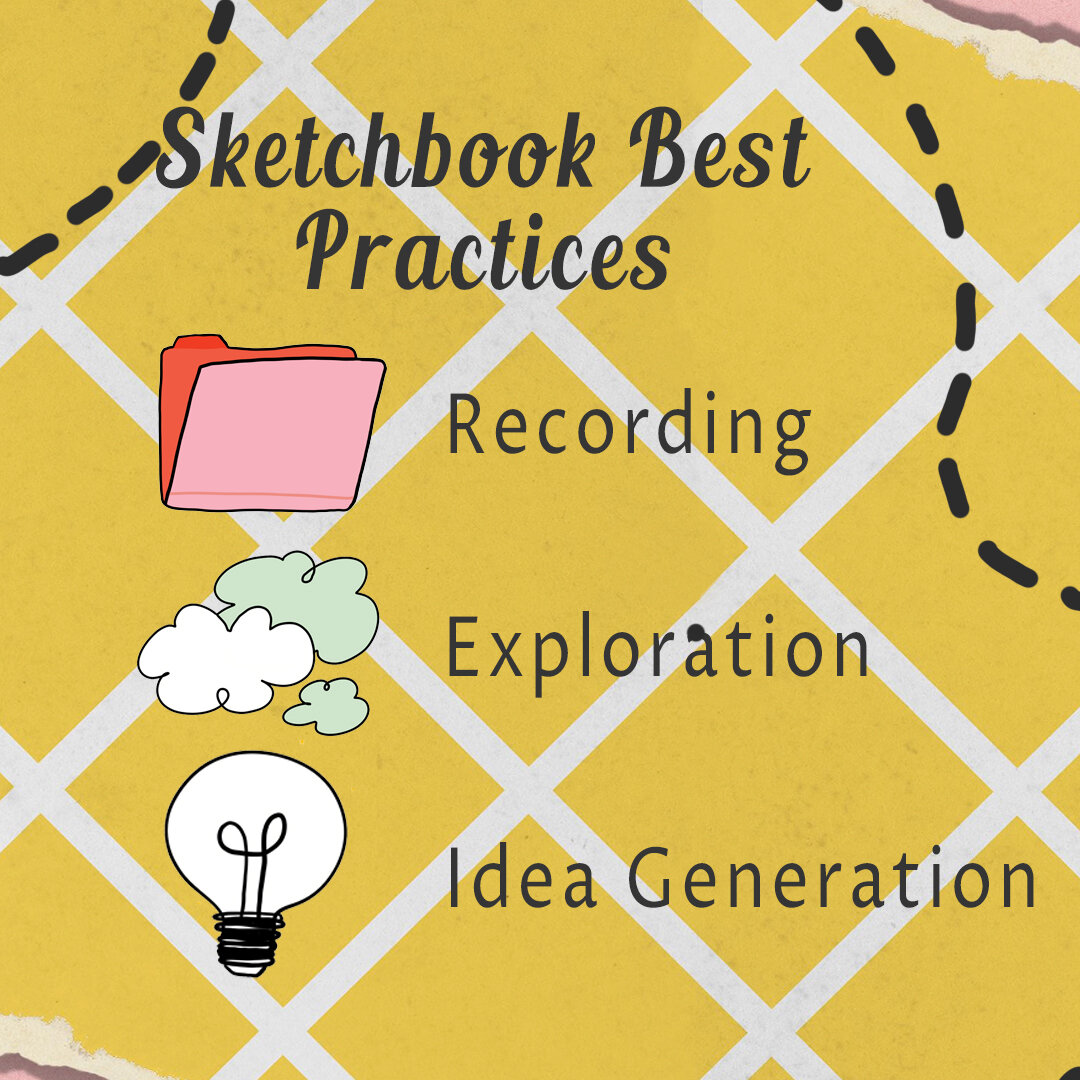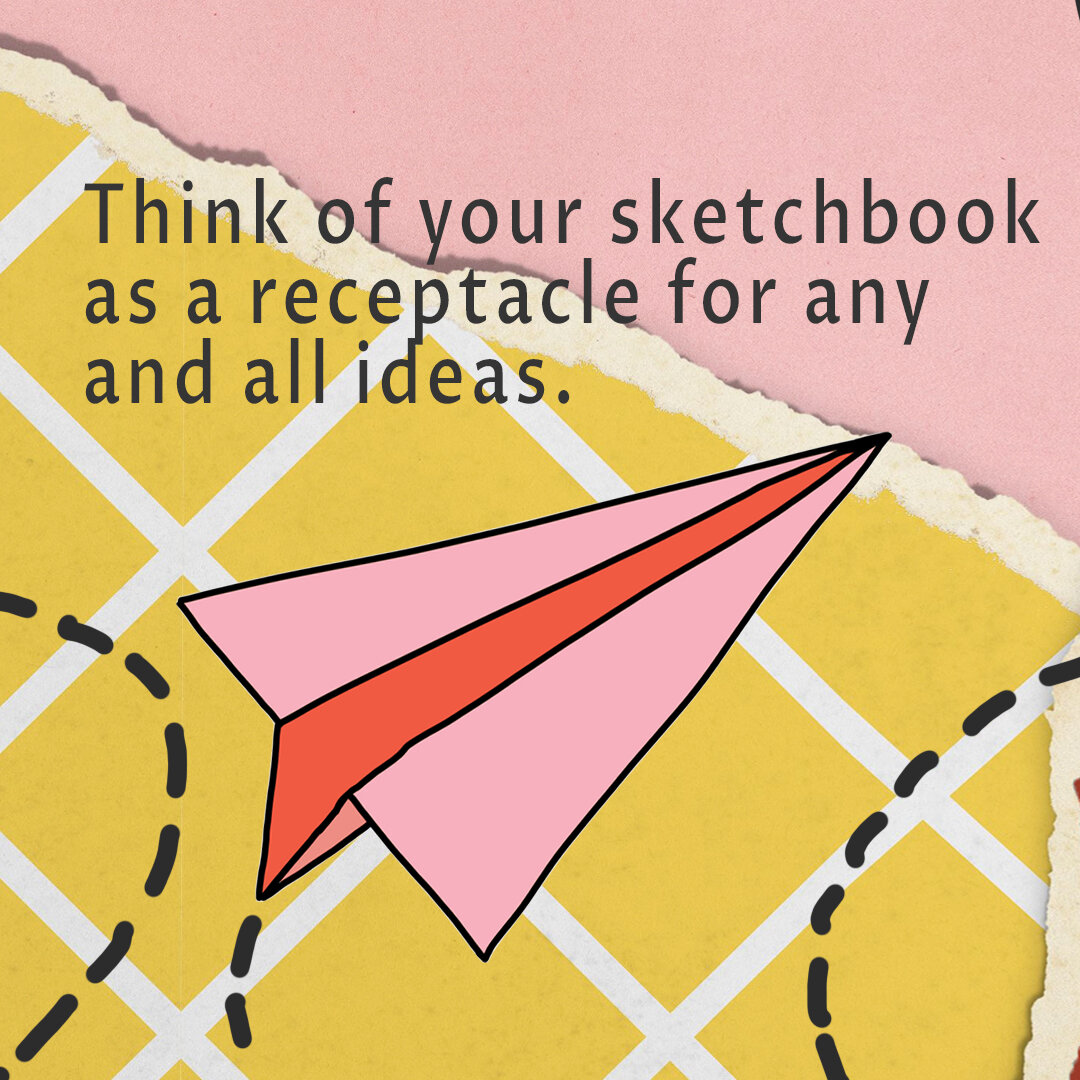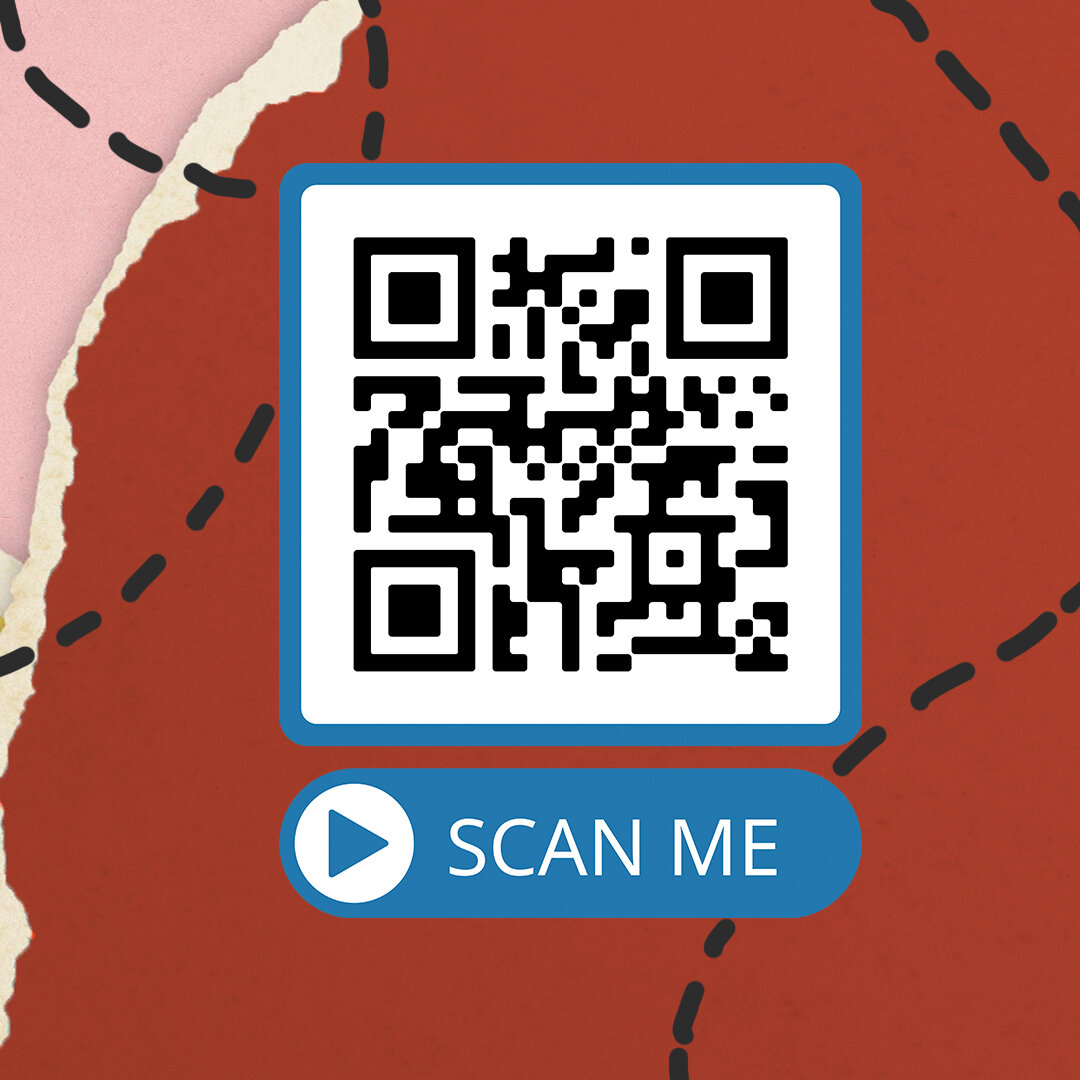Case Study: The Power of a Sketchbook
Multimedia Presentation
A simple sketchbook can be a powerful tool for someone’s art and design practice; however, fear of failure often inhibits students from taking that leap and cataloging their ideas. This presentation shares a personal story in hopes of encouraging more students to pick up a sketchbook and create.
Target audience: Undergraduate art students; artists and designers at all stages of their practice
Tools used: Procreate, iMovie, Keynote, Sony DLSR camera, Yeti Microphone, Adobe Photoshop
Year: 2020
Overview
With the changes made to the education world in 2020, instructors are learning to reimagine their normal teaching styles into a digital format. Physical Education teachers are encouraging exercise while on a Zoom call. Art instructors are navigating the shortcomings of students’ access to supplies. And administrators are finding it more difficult to get a gauge on their student body. Although some teachers are familiar with digital tools, others are not, which is why having a solid foundation of presentation techniques can help any instructor succeed.
EMDT Program Learning Goal(s):
Students will evaluate and create instructional media and technology to support teaching and learning.
Students will identify and critically examine educational technology trends for practical application.
Students will participate in and contribute to communities of practice and professional networks.
Instructional Goal of the Artifact:
Share the importance of a sketchbook with my personal art and design community.
Process
I have decided to include my “The Power of a Sketchbook” presentation from my Presentation Delivery and Design class in my education portfolio. I worked throughout the term to create an encouraging and informative guide to using a sketchbook as an art and design student. With my student population consisting of artists and designers, I found the activity helpful and a potential opportunity to create similar presentations moving forward.
Presentation Mood Board
The presentation was a mix of visuals, video, and animations to help keep students engaged and interested in the topic. Without an audience to share it with, my completed presentation includes a video of me along with my visuals in the background. I also needed to be cognizant of what makes a presentation powerful. I was highly motivated by Duarte’s (2010) Presentation Form and took many snippets of advice from the reading. I wanted to have a clear ‘call to adventure’ and a clear ‘call to action’ to help motivate students to incorporate a sketchbook into their art and design processes. My ‘call to adventure’ began by sharing my own journey abroad and discovering the importance of a sketchbook as a learning tool. I also concluded with a ‘call to action’ encouraging viewers to pick up a sketchbook and start creating.
The Power of a Sketchbook: Final Presentation
My presentation also straddled the line between ‘what is versus what could be’ which Duarte mentions as an important tool for pushing the flow of the presentation forward (2010). One main example includes my discussion on common perceptions of using a sketchbook. In my experience, most people are afraid of committing to a sketchbook out of fear of failure. I have been that person in the past, which is something I wanted to share. Reynolds (2012) encourages authenticity in presentations to showcase our humanity. Although I work in a professional field advising art and design students, I still make mistakes and learn from my experiences every day. I wanted to share this sentiment with my audience and encourage them to push past their fear of failure.
Alternative Presentation Format
For an additional assignment, I chose to reimagine my presentation as an Instagram carousel, which I then shared to my art account, @blakeballardart. I wanted to create something that could be easily shared with my small following and have the opportunity to be distributed within my creative community. I used the same visuals, text, and icons to directly relate to the larger presentation. I also split the content into two posts, to avoid overwhelming my audience with ten, tiny slides. The first post is on the power of a sketchbook and the second showcases the importance of having a creative community to stay motivated.
This project was fun and I know with time and more experience, I’ll get better at designing these carousel images. Carousel images are not only applicable on Instagram; Facebook has the same capabilities which lead to reposting opportunities and a new audience.
Part 1: Alternative Presentation Format
Part 2: Alternative Presentation Format
Alternative Presentation Format on Instagram
Feedback and Revision
Although visually appealing and fun to make, my alternative presentation using Instagram’s carousel feature fell short of the standards set for the project. To sum up the constructive critiques I received for my submission, my images were lackluster in information and not created with the learner in mind. That being said, I want to recreate the project with a better narrative and more learning potential, even if it means switching the format. I plan to do this in a few ways.
First, I will revisit my original script and highlight any information that is important to my goal. Second, I will choose which images need to be revised. After reviewing my instructor’s critiques, I believe the first set of carousel images need the most revising. They lack context, information, and a narrative. Third, I need to research what makes a successful Instagram slideshow to better prepare myself for the redesign. Finally, I will take the critiques and any new information I find to revise my alternative presentation to better fit the project goals.
Although my initial Instagram carousel was not suited for instruction, this revamped version better aligns with my goals as an educator. This set of images is not meant to be an entire lesson, but snapshot into a larger presentation with key themes picked out. I included more text to drive the narrative of the presentation and add context to the visuals. The previous version only included icons and a few subtitles, which was changed to better suit the assignment. I also included a call to action on the last image. Areneaux and Dinu (2018) state that the most impactful uses of social media for higher education always includes an option to share. Originally, I did not encourage discussion or send viewers to my original video. In this revised version, I included a QR code for easy access to my full presentation.
I attempted to create a more ‘learner-centric’ presentation by utilizing the constructive critiques shared by my instructor. By adding more text, I hope to increase the learning potential of the slideshow without detracting from its brevity and design. I also was influenced by a few examples I found on Pinterest. The examples included more text to be informational and also a call to action.
Example 1: Instagram Carousel Post Design | Creative Content - Oğuzhan Kayan
Example 2: Instagram Carousel Post from @drawingfromnature
As a revision, I feel these new images successfully addressed the critiques presented to me by my instructor and incorporated more community engagement. Overall, I found the challenge to create more narrative a good exercise on how the first attempt may not always be the best option. I am looking forward to creating more Instagram carousels with a focus on learning.
Revised Alternative Presentation Format
Results and Takeaways
This artifact includes multiple examples of good design choices, a practiced delivery, and advice that I hold dear to my own practice. The revision process helped me address areas of opportunities and work with my education community to improve my presentation design. As an educator, I want to continue to share impactful stories to help my students grow, learn, and tackle the professional world.
References
Arceneaux, P. C., & Dinu, L. F. (2018). The social mediated age of information: Twitter and Instagram as tools for information dissemination in higher education. New Media & Society, 20(11), 4155–4176. https://doi.org/10.1177/1461444818768259
Durate, N. (2010) Resonate - Present visual stories that transform audiences. Hoboken, NJ: John Wiley & Sons.
Reynolds, G. (2012). Presentation zen: Simple ideas for presentation design and delivery - Second edition. Berkeley, CA: New Riders.


